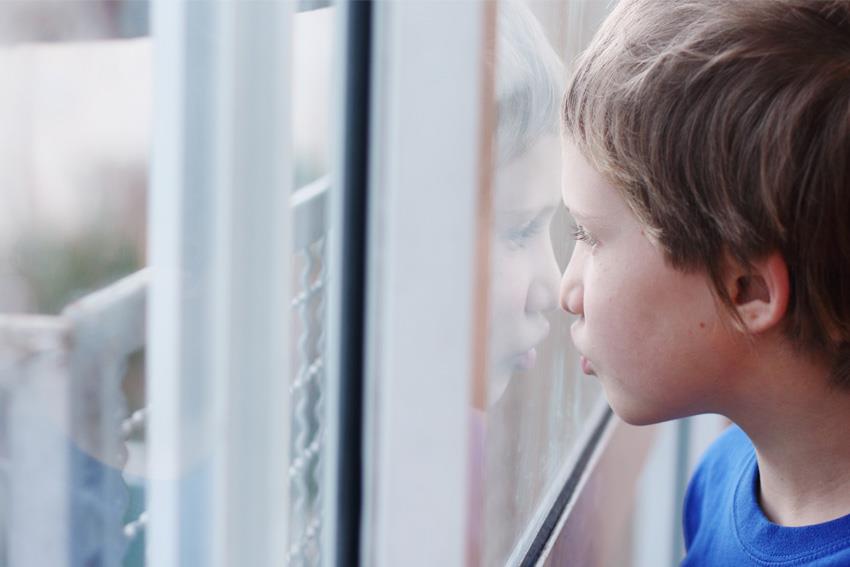Autism is best described as a spectrum of neurodevelopmental disorders with a similar set of symptoms. Those disorders tend to affect verbal and nonverbal communication, relationship building, and general thinking and behavior in children.
The signs that a child may be on the autism spectrum tend to vary. Parents are often in the best position to spot the early signs of autism, and as such, are in the best position to seek early intervention that can drastically improve their child’s outcomes and success later in life. We’ll break down some of the common warning signs of autism, as well as what parents and guardians can do if they recognize any of those signs in their children.
Although autism can be hard to diagnose before 24 months, symptoms can surface around 12 to 18 months of age. These early signs are less about what your baby is doing and more about the behaviors they are not displaying. In general, regression of any kind (loss of speech, gestures or social skills) in young children is a serious warning sign.
Some signs to look out for in infants and toddlers include:
- Your child does not make eye contact when being fed, addressed or smiled at.
- Your child does not respond to familiar voices or being called his or her name.
- Your child does not share sounds, smiles or other facial expressions being directed at them.
- Your child does not follow objects visually when you point them out.
- Your child doesn’t make noises to get your attention or ask to be picked up or cuddled.
- Your child doesn’t play with others or share interest in interacting with others.
- Your child does not speak any words by 16 months, or doesn’t use two-word phrases by 18 months.
For this younger age group, it is very easy for parents to discount their child’s quiet nature as being a “good baby” but these signs can be early signs of an autism spectrum disorder. Consult your pediatrician if you believe your child is displaying signs of autism.
Some of the signs in older children tend to be more diverse. For example, children can find difficulty in navigating social situations, communicating, and display inflexibility or rigidness.
Some signs to look out for in your children include:
- Difficulty or inability to adapt to simple changes in schedule or routine without a tantrum.
- Hypersensitivity to light, sounds, touch and other sensory stimulants.
- Repetitive behaviors and movements including: flapping hands, rocking or twirling.
- Your child avoids all eye contact.
- Difficulty or inability to pick up on facial expressions, tone of voice or gestures.
- Your child doesn’t understand simple directions, refers to themselves in the third person, or repeats phrases over and over.
- Difficulty in communicating desires verbally or nonverbally.
- Your child displays little to no interest in other children, playing or making friends.
This list is not comprehensive of all the signs of autism, but they are some of the most common. It is always important to keep in mind the individuality of your child. Their signs may manifest in different ways.
If you believe your child may be on the spectrum, the best course of action is always to consult a medical professional. In general, parents can take some simple steps to ensure their child’s healthy development.
Parents should:
- Keep a close eye on their child’s development, and keep track of the important milestones and any regression in behavior.
- Trust their instincts. If you have concerns- seek out help and put your mind at ease.
- Don’t “wait and see.” You risk losing the chance to enrolling your child in an early intervention program which can drastically improve your child’s outcomes and success later in life.
Wondering if your child is on the spectrum can be stressful. Luckily, there are many resources available to parents of children with autism. Keep in mind the signs listed above and consult your pediatrician if you have any questions about your child’s healthy development.
As always, be sure to keep up with us on on Facebook, Instagram and Twitter for more autism and ABA therapy related news and resources.



